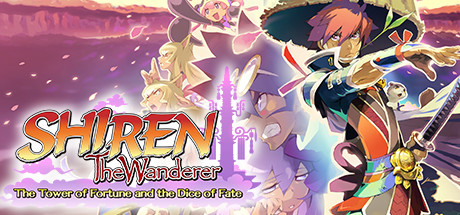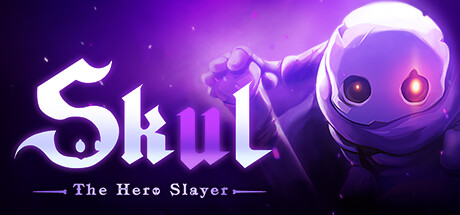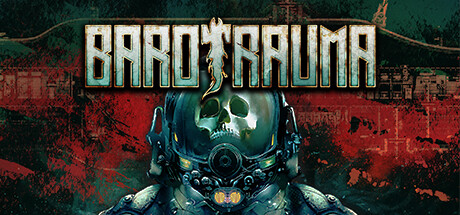If I had to boil down my thoughts on SNKRX, it would probably look something like this: It’s a neat little game, but its actual moment to moment gameplay is somewhat lacking, and its upgrade progression structure that it borrowed from the Auto Chess genre doesn’t map super well to its mechanics. On the other hand, it was also $3, and I’ve spent more than that on food that’s made me sick. So I feel like I got my money’s worth.
I learned about SNKRX several months ago, and then proceeded to forget about it until last weekend, when I saw an unfinished article about it in the drafts folder. This wasn’t my article, because someone else promised me they’d write me an article, and then didn’t, because they’re preparing to “Follow their dreams and move to another country for school.” And since that effort took most of their time, they didn’t really have the space to finish their article.
Which is fine. I’m not upset or anything.
So after reading what they’d written, I decided to go grab SNKRX myself. While I’ve seen people describe it as like the game Snake, I’d say it’s closer to Geometry wars. Each level places you in a large square, while waves of enemies spawn in and try to kill you. There are no level layouts other than the square, and there are no obstacles. Occasionally variant enemies spawn in, and I’m pretty sure they start showing up based on what level you’re on, but I didn’t pay enough attention to be sure.

Every few levels, instead of being presented with waves, you’ll be tasked with killing a single larger enemy/boss while waves of normal enemies spawn in.
These are the two level types in the game.
After you beat a level, you go to the buy screen, where you purchase more units for your snake/train.
A Brief Side Note: If you’ve ever played an Auto Chess style game, such as Underlords, Team Fight Tactics, or the original Dota 2 mod, SNKRX pretty much completely copies the upgrade mechanics from those games, and you can skip this next bit.

Here’s how it works: After each round, you’re given gold based on two factors. First is the gold that you earned during the round, from killing enemy units, and also from enemies dropping it, based on various combos and perks. The second main way is interesting: You get up to 5 gold per round based on how much gold you have saved up.
You spend this gold on either upgrading your items, (which you get a choice of after specific rounds) or buying more units for your train. After each round, you’re given a selection of three units to buy. You can buy as many or as few of them as you want, and you can also spend gold to get a new pool of three units.
Units have a few separate factors. They have one or more classes, they have an ability, and they can also be upgraded. More on upgrades in a moment. Classes function as a sort of set bonus style mechanic. For example, when you have 3 Rogues, all Rogues get a chance to deal 4x damage with each attack. When you have 6, that chance increases. Most of these bonuses are threshold based, requiring you to hit some number of units before they come into play, and usually play to those units’ strengths. For example, Rogues’ fast attack speed and multiple projectiles benefit from the damage multiplier.
Some of these set bonuses are more interesting than others. The Infestor class bonus buffs up the mini-units that many Infestors summon while the Curse class bonus increases the number of enemies that can be cursed. On the other hand, the Warrior class bonus just decreases enemy defenses.
So let’s go back to talking about those upgrades, shall we? Upgrading items is straightforward. You just spend money, and after buying enough levels, they upgrade.
Upgrading units is a bit more convoluted.
In order to upgrade a unit, you need to collect 2 copies of the unit. So to upgrade a level 1 Blade to level 2, you need 2 more level 1 Blades. To upgrade a level 2 Blade to level 3, you need 2 more level 2 Blades.
And this brings me to my first big problem with the game: Unit recruitment.
See, while the game’s upgrade structure is almost an exact copy of the Auto Chess structure, the game doesn’t allow you to use multiple copies of the same unit at once in your train. What this means is that where in Autochess, picking up your second level 2 of a unit can be a small, but useful power spike, in SNKRX, that gold is effectively gone until you can actually finish the upgrade. Again, because you can’t use more then one a unit in your lineup, if you roll a unit in your buy pool that you already use at level 3, it’s effectively a dead slot.
So yeah. Despite the interesting between level progression, the actual gameplay itself only has two types of levels, and few types of enemies, meaning that it’s not super satisfying to play, and the post round progression isn’t the most satisfying thing in the world. I don’t really hate or love SNKRX, but it’s not a terrible use of $3.
SNKRX is on Steam, and also apparently, this Github page?












